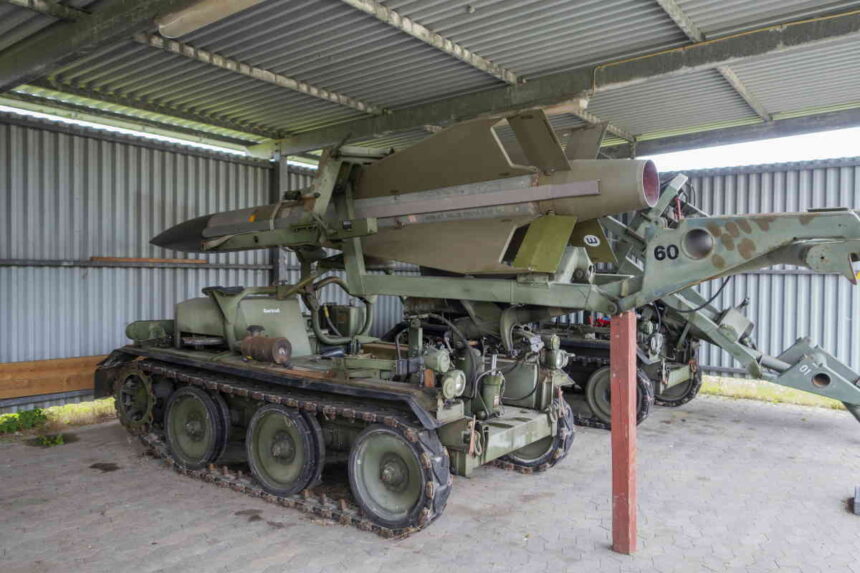In one of the most serious developments, US-made Army Tactical Missile Systems launched at Russia’s Bryansk region by Ukraine. In the 1,000-day-old war between the two countries, this amounts to a high level of escalation. The use of the long-range missiles was ordered just days after the Biden administration gave its go-ahead for striking inside Russia, marking a turn in strategy that Ukraine was looking for in defense of its nation.
The Strike of the ATACMS in Bryansk
According to the Russian Defense Ministry, at 3:25 a.m. local time in the early hours of Tuesday, Ukraine launched six ballistic missiles against a site in Bryansk. The Ministry verified that all those missiles were American-made ATACMS-a fact that underlined the new military aid Kyiv exploits. According to reports, the five missiles were reportedly intercepted by Russia’s air defense systems, while one was damaged mid-flight and fragmented, falling on a military site and starting a fire that was soon extinguished. No reports of injuries or damage.
This action underlines how fast Ukraine has adapted to its newly granted capabilities. With the green light from Washington, Kyiv has made it clear that it will not refrain from using these resources to strike at strategic military targets within Russian borders. This deployment comes at a time when tensions remain high, with Ukraine trying to seize every advantage in the ongoing struggle to defend its sovereignty.
Implications of Missile Strikes: Strategic
The use of ATACMS marks a turning point in the dynamic of the conflict. Otherwise, Ukraine’s attacks across the border into Russia had been confined to some sort of drone strike using domestically developed technology. The introduction of Western long-range arms changes the conflict, with the potential to widen the scope of Ukrainian military operations and create new challenges for Russian military strategy.
That decision to greenlight the use of those missiles by President Joe Biden had come after months of deliberation by the US administration. Though there were apprehensions on the issue of limited stockpiles of missiles and possible backlash, the compulsion to strengthen the position of Ukraine against strengthening Russian offensives led to this landmark decision.
Response of Russia and Strategic Posturing
In retaliation, President Vladimir Putin made broad changes to Russia’s nuclear doctrine. Just two days after Ukraine’s missile attack, Putin had changes added to include a provision that any aggression from a non-nuclear state, if supported by a nuclear power, would be considered a combined attack on Russia. The modification is tantamount to a warning to NATO nations providing military aid to Ukraine.
This movement corresponds to previous events in which Moscow acted on perceived provocations with stress on its nuclear capabilities. Throughout the war, consistent usage has been made of this as a point of deterrence. The most recent launch of a missile increased the unease between Moscow and the Western allies of Kyiv; speculation goes on for further escalations and consequences.




